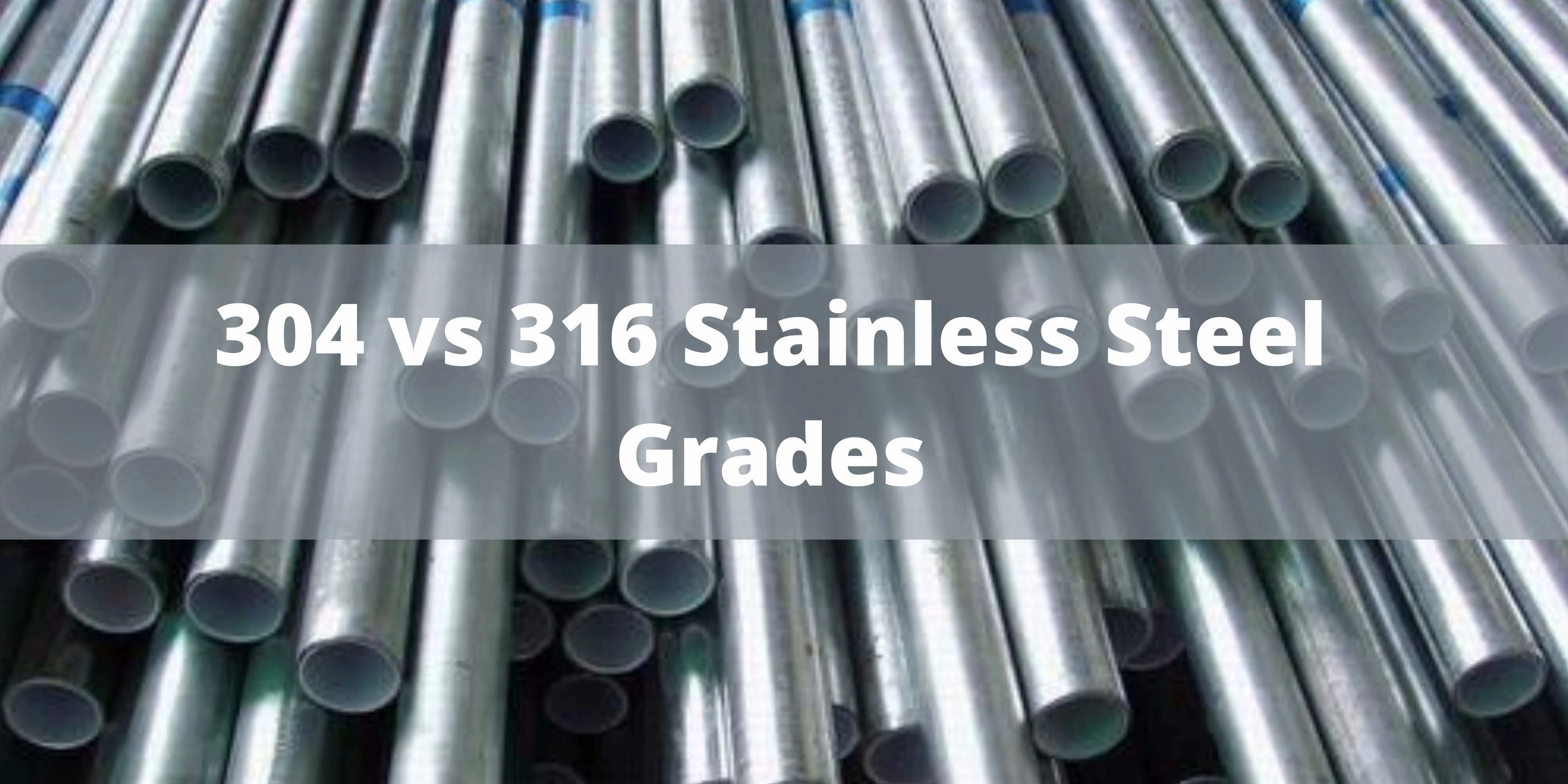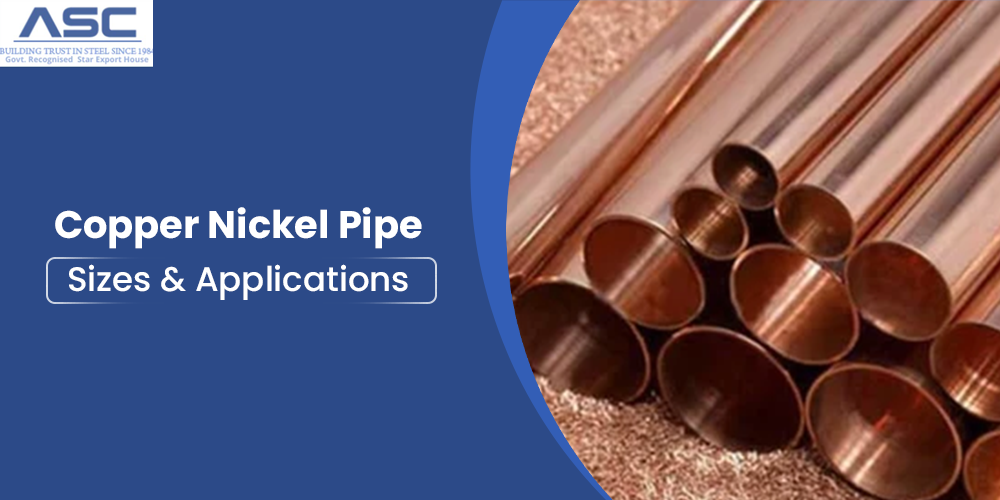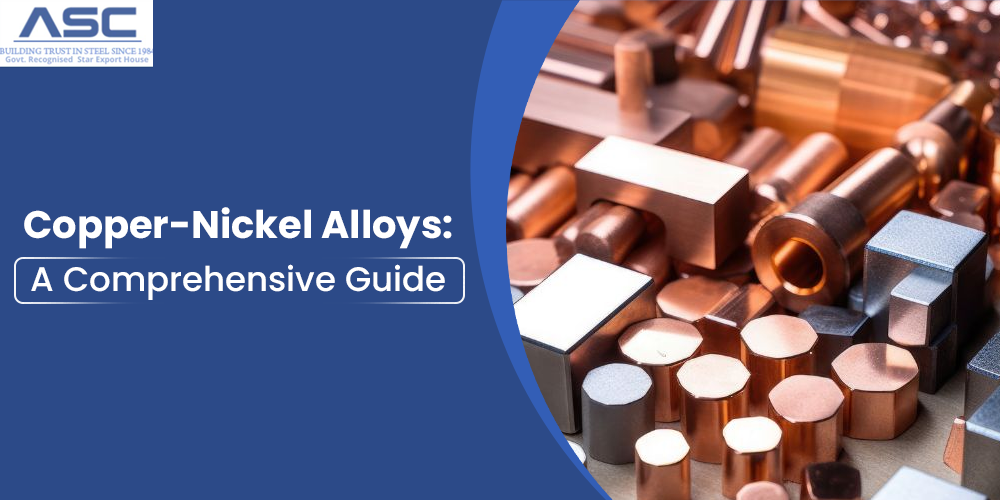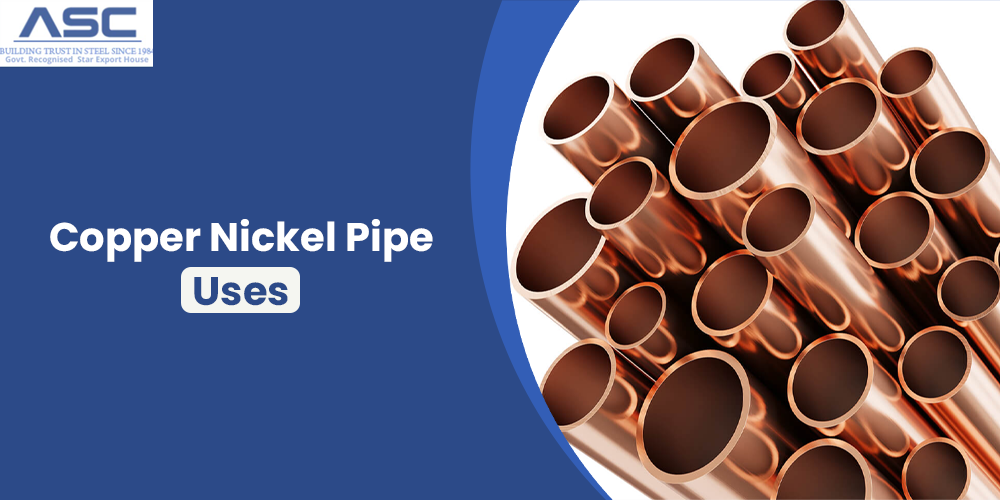304 vs 316 Stainless Steel Grades - The Difference
Posted on October 04, 2021 at 10:40 AM

Stainless steel has become the material of choice in the construction of kitchenware, beauty products, lab equipment, and carpentry tools due to its smooth, durable surface. But even when faced with the same ingredients, different types of stainless steel require different production methods. So when selecting your supply source for these grades of stainless steel, knowing the difference between 304 grade and 316-grade stainless steel will make all the difference!
304 vs 316 Stainless Steel:-
304 stainless steel is more ductile than 316 so cheaper to machine. At the same time, 304 stainless steel is weaker than 316. If you elect to weld your pipe system it will need to be re-polished or coated if it's made of 304 stainless steel. 304 stainless steel is an austenitic grade that offers excellent corrosion resistance with acceptable levels of strength. 316 stainless steel property includes corrosion resistance, integral strength, and toughness. 304 Stainless Steel is a common stainless steel alloy composed mostly of iron, chromium, and nickel. It has a lower chromium content than 316 Stainless Steel but is easier to machine, has better weldability properties, and is resistant to corrosion compared to 300-series. However, one downside to this type of alloy is that it's susceptible to significant stress corrosion cracking and susceptibility for oxidation during fabrication changes. 316 Stainless Steel is an austenitic-ferritic/pearlitic (A32-Mn) stainless steel with increased copper content as well as nickel and molybdenum. 304 stainless steel is a low-cost material that does not conduct heat well. 316 stainless steel conducts heat better, has higher corrosion resistance, and is more expensive to fabricate.
Physical Differences:-
304 and 316 stainless steels differ in their content. For one, 304 steel has a minimum of 18% chromium while 316 steel has a minimum of 16%. However, the more significant difference between these two alloys is how easily they corrode on exposure to chlorides. 304 stainless steel is not magnetic, whereas 316 stainless steel is. There are some surface treatments that 304 is used in which demand ferromagnetic properties, but they are relatively uncommon. A far more prevalent difference between the two is the fatigue strength. 304’s API equivalent, usually “A2”, has markedly higher fatigue strength than competitors like 321 (A7), 417 (HAFM) and 430 (HASC). This means it can handle repeated loadings over many years of service without showing signs of wear or impending failure. 304 and 316 both contain chromium and nickel, but they have different amounts of carbon content, which impacts their properties. 304 contains 0.08% while 316 contains 0.2% This means that while 304 is more resistant to corrosion than 316, it is not as hard and therefore has less wear and tear resistance than the latter.
Environmental Factor Differences:-
A quality of 304 stainless steel that makes it more desirable than 316 stainless steel is its recycling rate. You can recycle 304 back into new metal up to eight times, while 316 has a recycle rate downward of only three. Due to the different manufacturing processes, 304 stainless steel is considered less environmentally friendly than 316 steel. This is because it contains more manganese, which is a non-renewable resource. In addition, the electromagnetic effects from welding may release hazardous pollution associated with nickel. However, 316 stainless steel welds have been found to be much better at resisting corrosion from chlorides and other compounds.
Cost Difference:-
304 stainless steel is often used in kitchens and appliances. It is more cost-effective which makes it a popular option, but it will require more maintenance than 316 steel. 304 steel is becoming very popular because it can be found at lower costs relative to other grades. The corrosion resistance between the two grades is the same, but 304 steel does not respond well to high pipeline pressures like 316 steel. Many years ago before the advancements in the various grades, 304 was used for everything. 304 stainless steel is cheaper than 316, but the two are rarely interchangeable. 304 doesn't react well to acidic foods, while 316 is much more durable against this type of corrosion. 304 and 316 Stainless steel. The materials do not react differently with food or water so either stainless steel can be used and they're both durable and won't pit, rust, corrode or discolor even after many years of use.
Conclusion:-
There are several types of stainless steel on the market, and for all intents and purposes, 304 and 316 are the same. They do not rust very quickly, they're easily cut, welded, or threaded, and don't corrode too much when in contact with food. Use them both for cooking or crafting your next project!
Stainless steel at Amardeep Steel Centre:-
Check out our wide variety of Stainless Steel that offers various benefits depending on the elements used and their inherent properties. Our manufacturing processes are highly qualitative along with precision scrutinization.


